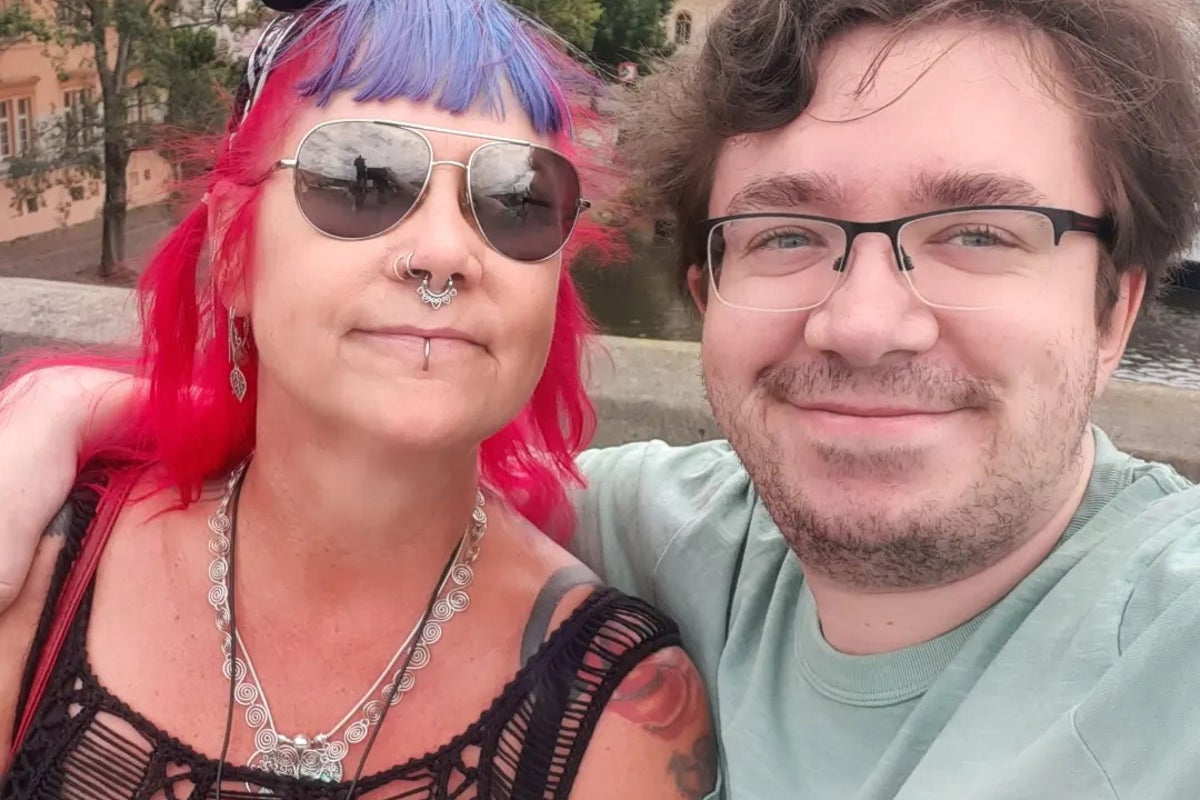Nonperishable Food for Halloween: A Symbol of Struggle Amid SNAP Cuts and Societal Division
As the Halloween season approaches, the conversation surrounding food security and public assistance programs like the Supplemental Nutrition Assistance Program (SNAP) is increasingly contentious. This year, many communities are looking for alternatives to traditional Halloween candy, opting instead for nonperishable food items. This shift is not merely a whimsical choice; it is a response to anticipated cuts in SNAP benefits that could leave many families struggling to put food on the table.
The SNAP program, which provides crucial support to millions of low-income Americans, has faced scrutiny and proposed cuts from various political factions. As these cuts loom, the impact on families who rely on these benefits becomes more pronounced. The decision to distribute nonperishable food instead of candy during Halloween serves as a poignant reminder of the challenges many face in accessing basic nutritional needs.
Historically, Halloween has been a time of celebration, particularly for children who look forward to trick-or-treating and indulging in sugary treats. However, for families grappling with food insecurity, this festive occasion can be a stark reminder of their struggles. The notion of providing nonperishable food items as alternatives to candy is not just practical; it reflects a deeper societal issue where the joy of childhood traditions is overshadowed by economic hardship.
The sentiment expressed by individuals who have received SNAP benefits and now wish to give back illustrates a growing awareness of the interconnectedness of community support. One person noted, “I am grateful to have received benefits, and I am even more grateful to be able to give back now.” This statement encapsulates a spirit of resilience and solidarity among those who have navigated the complexities of food assistance.
The implications of SNAP cuts extend beyond individual families. They resonate within the broader social fabric, highlighting disparities in access to food and the ongoing debates about welfare programs in the United States. Critics argue that cuts to SNAP are necessary to reduce government spending, while advocates contend that such measures exacerbate poverty and food insecurity.
As communities prepare for Halloween, the choice to prioritize nonperishable food items over candy can be seen as a microcosm of larger societal shifts. This decision reflects not only a response to immediate needs but also a call to action for increased awareness and advocacy around food justice. The juxtaposition of Halloween festivities with the harsh reality of food insecurity underscores the need for collective efforts to address these issues.
In recent years, the conversation surrounding food security has gained traction, with various organizations and grassroots movements working to raise awareness about hunger in America. Initiatives that encourage the donation of nonperishable food items during holidays like Halloween serve to engage the community in meaningful ways. These efforts can foster a sense of unity, as individuals come together to support those in need.
The act of giving nonperishable food instead of candy also challenges traditional notions of celebration. It invites a reevaluation of what it means to participate in communal festivities, urging individuals to consider the broader implications of their choices. This shift may provoke discussions about the role of privilege in holiday celebrations and the responsibility of those with more resources to support their neighbors.
As the anticipated cuts to SNAP loom, the decision to distribute nonperishable food during Halloween could become a defining moment for many communities. It may serve as a catalyst for deeper conversations about food justice, economic inequality, and the importance of supporting one another in times of need. The dialogue surrounding these issues is likely to intensify as more individuals recognize the urgency of addressing food insecurity.
The implications of this shift extend beyond the Halloween season. It raises questions about the sustainability of food assistance programs and the long-term effects of government policies on low-income families. As discussions about SNAP continue to unfold, the choices made during this holiday could influence future advocacy efforts and community initiatives aimed at combating hunger.
In the face of adversity, the spirit of giving and community support remains strong. The choice to provide nonperishable food items during Halloween is not merely a response to immediate needs; it is a statement of solidarity and a call for change. As families navigate the complexities of food assistance and the challenges posed by economic disparities, the hope is that these efforts will inspire a broader movement toward food justice and equitable access to nutrition for all.
‘I am grateful to have received benefits, and I am even more grateful to be able to give back now’




